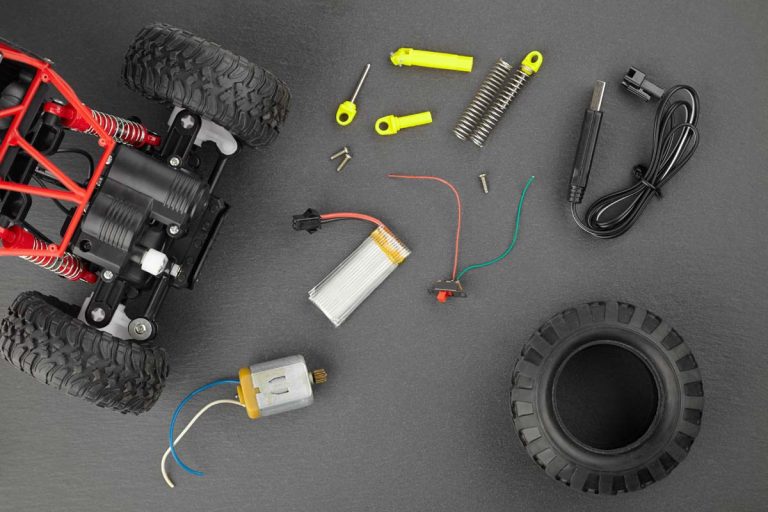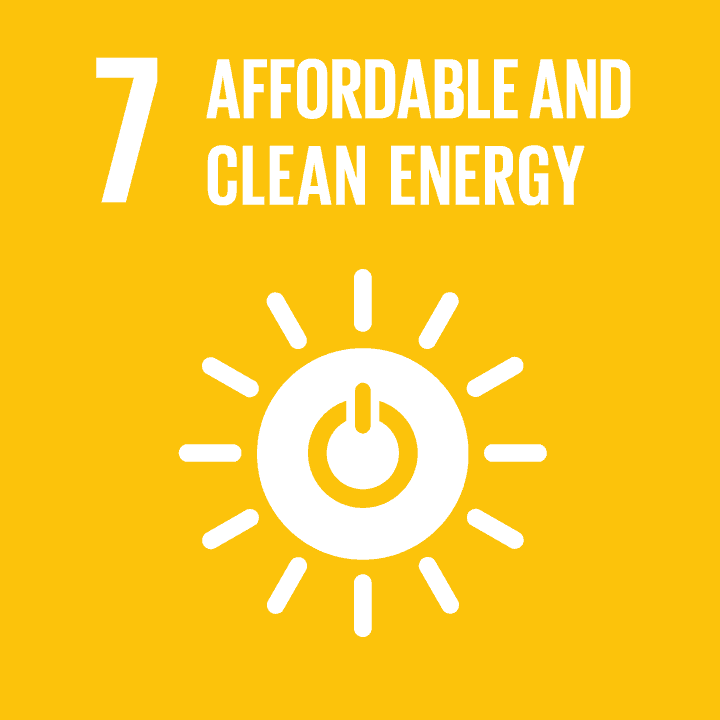Chemical-Powered Car
 Photo: © iStock fotos-v
Photo: © iStock fotos-v - Resource Type
- Project
- Subjects
- Chemistry Mathematics Physics
- Topics
- Climate Change Engineering Process Sustainability
- Time for activity
- 3 hours
In this activity, the student will come up with an innovative design and create a toy car that will serve as the container for a chemical reaction.
- Introduction
-
A chemical reaction is a process in which a substance (substances) is changed into one or more new substances. There are different types of chemical reaction. The major types are combination or synthesis reaction, decomposition reaction, single displacement reaction, double displacement reaction and combustion reaction. We find these reactions in human being’s daily life. To understand the different types of chemical reactions, we apply stoichiometry. Stoichiometry is the quantitative study of the reactants and products in a chemical reaction. This quantitative study will help us learn how much of the reactants are required or how much of the desired products will be produced.
In this activity, the student will come up with an innovative design and create a toy car that will serve as the container for a chemical reaction. Likewise, the student will utilize the reaction between baking soda (sodium
bicarbonate) and vinegar (diluted acetic acid) to power up the toy car and move it a significant distance determined by the teacher. The student will perform three trials, using different amount of baking soda, and determines which amount suits the reaction best.This activity will encourage the students to be inventive and innovative. It will also train the critical thinking skills of the students in assessing how and why the toy car moves. In the future, the students may be able to devise a chemical reaction that could be used as a fuel to power a real affordable and reliable car, without any harmful by-products.
- Key Objectives
-
- Designing and making a toy car that will be the container of the reaction,
- Utilizing a chemical reaction in powering a toy car,
- Writing a balanced chemical equation for a reaction
- Calculating the amount of baking soda that will give a complete reaction against the given amount of vinegar.
- Guiding Questions
-
- How did you design your car?
- Which materials did you use as the wheel? Why?
- Which chemical reaction is involved in powering up your car?
- How did the design of your car affect the movement of the car?
- How far did the car move in each trial?
- How much time did the reaction last in each trial?

/rating_on.png)
/rating_half.png) (187 )
(187 )



